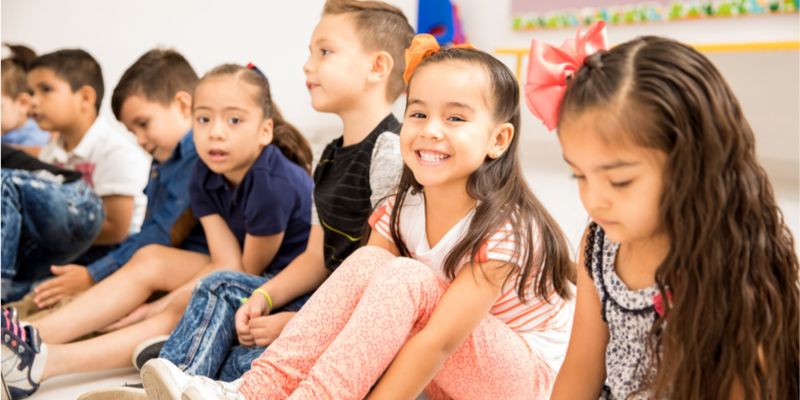6 Instructional Methods Used to Promote SEL in After School Programs

These days, it’s not enough to simply fill students’ brains with academic knowledge. It’s equally important for students to develop the necessary skills to manage their emotions, resolve conflict, make responsible decisions and build positive relationships.
That’s where social and emotional learning (SEL) comes in.
SEL helps both children and adults develop the mindsets, skills and attitudes that enable students to succeed in school and in life. It helps to create a positive learning environment where students feel safe and supported.
And integrating SEL into your after school program’s curriculum can help to foster positive youth development, particularly in terms of students’ attitudes, behaviors and school performance.
Aligning SEL and After School Programming
So how can program leaders successfully incorporate SEL into their programs?
Truth is, many programs may already be teaching SEL. Encouraging skills like communication, teamwork and empathy promote SEL to some degree. Yet very few programs have a primary focus on developing key social and emotional skills, making it difficult to establish proven frameworks for after school programs.
But there are still ways to effectively promote social and emotional skills and achieve positive outcomes for students in after school.
Harvard Graduate School of Education, with the help of the Wallace Foundation, released a report last March that provides an inside look at 25 leading SEL programs. It outlines the specific skills, instructional methods and components offered by each program.
The goal of the report is to equip program leaders with the information they need to select the SEL program that best fits their community’s needs. It also includes helpful strategies for adapting these programs into after school settings.
In this article, we’ll take a look at the six most common instructional methods used to develop students’ social and emotional skills plus specific ways to incorporate each practice into your program’s curriculum:
Discussion
Discussion is the most commonly used instructional method among the SEL programs included in the report. It’s typically used to introduce an SEL theme, pose questions to students regarding how a person may feel or act in a specific situation, talk about how an SEL theme relates to their own lives or to review an SEL-focused book or activity.
Game
Games can be used to reinforce an SEL theme, build community, practice an SEL skill or transition students into and out of a lesson. Incorporating play is also a great way to enhance learning and reinforce skill development.
Role-Play
Role-play is often used to act out emotions, demonstrate and practice emotion regulation strategies or to practice managing conflict. Whether it’s teacher-led or student-centered, role-play gives students an opportunity to practice applying their knowledge in a safe and risk-free setting.
Kinesthetic
Kinesthetic instruction includes activities that involve movement and physical activity. Students can play games like soccer or basketball to practice cooperation, dance to songs that promote social-emotional development or participate in ice breakers that involve movement.
Put it into Practice: Feelings Charades helps students identify different emotions through their body language and facial expressions. To play, one student will choose an emotion from a list and act it out in front of the other students. They must guess what emotion she chose without hearing her talk. It’s a great way for students to identify others’ emotions through nonverbal cues.
Visual Display
Visual display includes charts, posters or other displays that represent the connection between thoughts, actions and feelings. These are often used to establish routines or reinforce SEL skills in the learning environment.
Skill Practice
Skill practice allows students to actively practice using SEL skills or strategies outside of a game or role-play scenario. Whether it’s practicing good listening skills, cooperation or emotion regulation strategies, skill practice gives students confidence to apply SEL skills in real-life scenarios.
Social and emotional development is essential to students’ success in school and life. And program leaders can effectively promote SEL in their after school program by adopting the specific skills, instructional methods and components offered by existing SEL programs. Read the full report for practical steps for effectively teaching SEL in after school.




